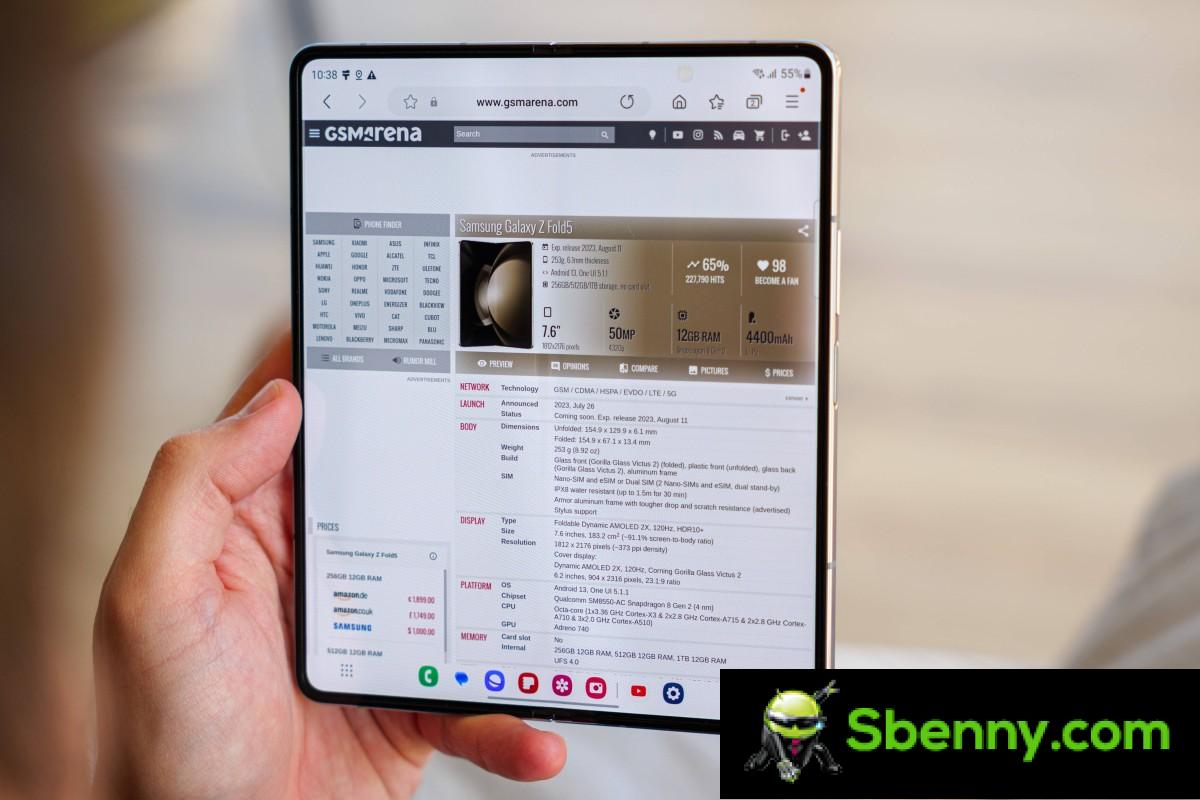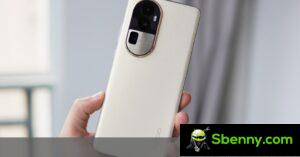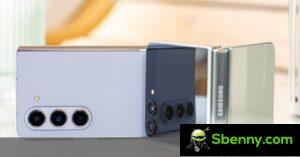It’s a family event. A new smartphone is launched, some time passes, but not too much in general, and then the dreaded ‘durability test’ is put to the test. So here we are again. This time the star is Samsung’s latest large foldable smartphone, the Galaxy Z Fold5, which was announced late last month.
Even now it has to put up with a few scrapes, a few burns, and some bending. Will she make it? Well, to find out, grab some popcorn and hit play below.
Or, alternatively, read on. It turns out that the outer screen is, of course, covered in glass, so it scratches at level 6 on the Mohs hardness scale, with deeper grooves showing at level 7.
The internal screen is a different story, as it has a non-replaceable permanent plastic protector over it to allow it to fold and unfold. Being plastic, scratches occur at level 2, with deeper grooves at level 3. The chassis is aluminum, as is the hinge, while the buttons are also metal.
The upper plastic layer of the inner screen melts after about 10 seconds in contact with an open flame, the outer screen takes a little longer thanks to the glass. The fingerprint sensor, once scratched, sadly no longer works consistently.
When subjected to a lot of dust and dirt, the phone won’t budge. And when it’s folded while closed, nothing happens. Then when it’s opened and folded back… again, nothing happens. That’s a pretty great result considering the foldable nature of this phone and the fact that competitors like the Google Pixel Fold and Motorola Razr 40 Ultra didn’t survive a similar test. Yet, the Galaxy Z Fold5 did it, and it deserves praise.

If you’re interested in learning more about the device, stay tuned as our in-depth review is almost ready. In the meantime, check out our hands-on review.







Start a new Thread